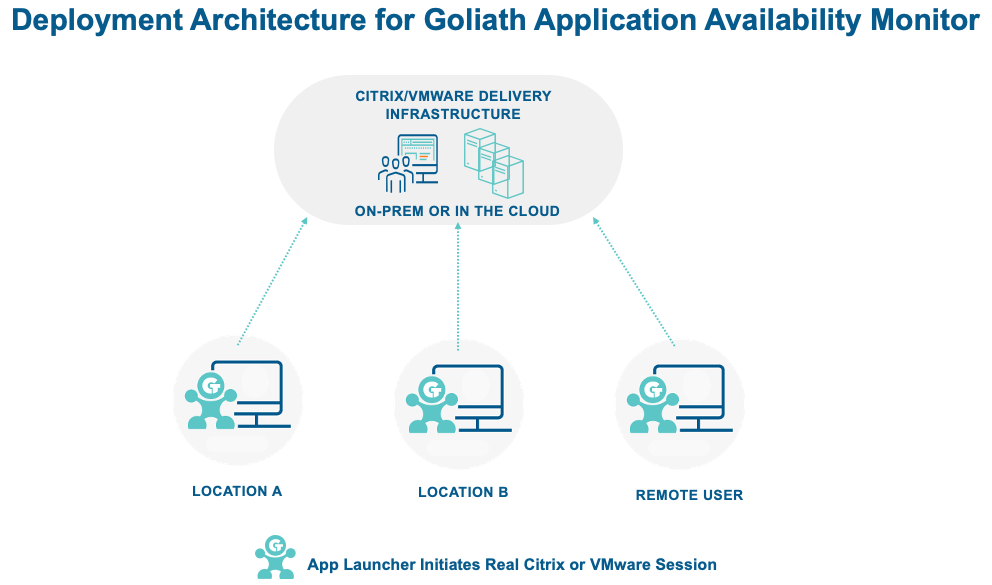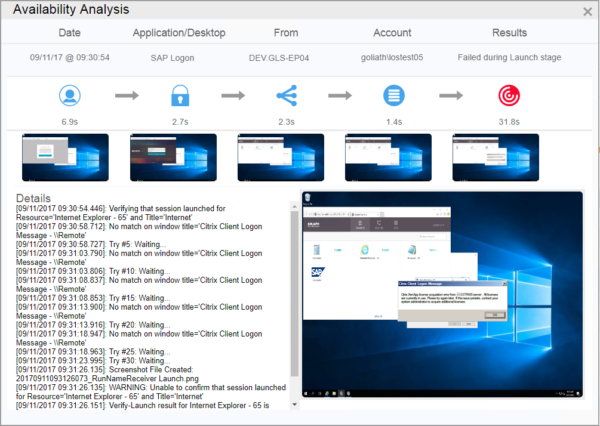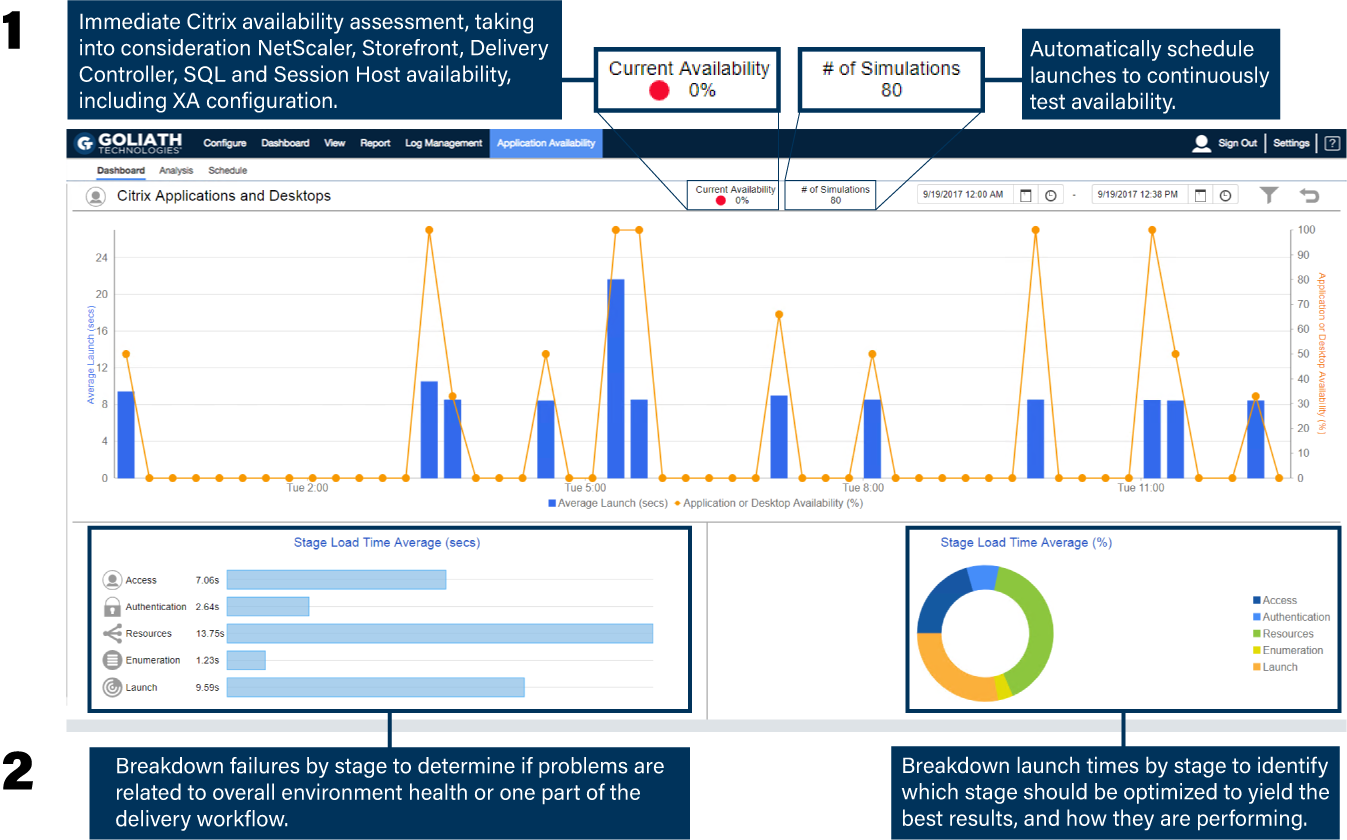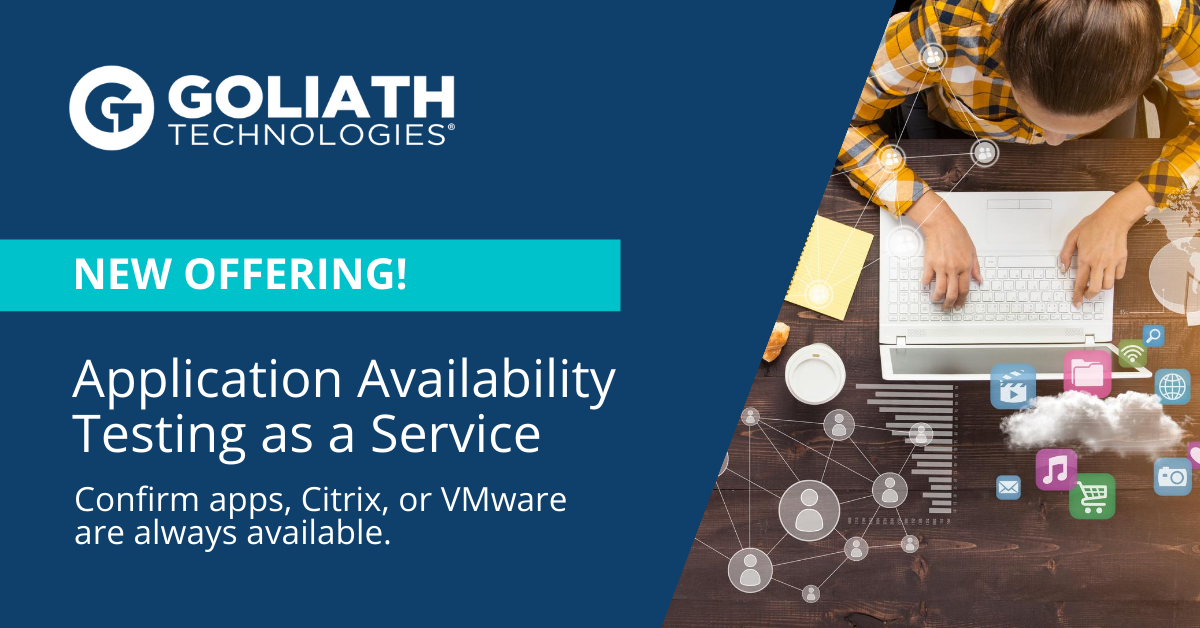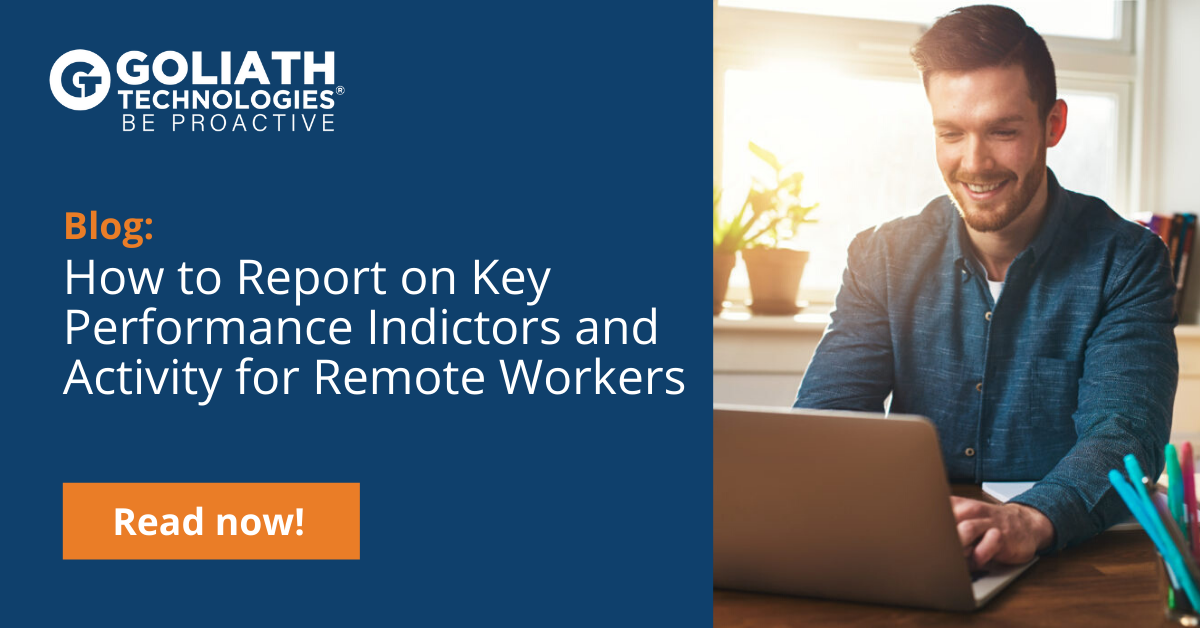Goliath Application Availability Monitor for Hospitals Using Cerner Patient Portal
The Goliath Application Availability Monitor for hospitals using Cerner Patient Portal is purpose-built to test and confirm the availability of the Cerner Patient Portal. This new functionality complements Goliath Performance Monitor and Goliath Application Availability Monitor for hospitals using Cerner Millennium. Our technology will logon in the same way that a clinician, caregiver, or patient would and engage the portal to confirm that the underlying architecture is working. The goal of this solution is to validate availability of the Patient Portal before patients attempt to gain access. If authentication, page load, logon duration, and dynamic content from the backend system, take longer than they should, Goliath will proactively alert the administrator so they can address the issue before end users are impacted. The brief video shows the Goliath Application Availability Monitor confirming the Patient Portal is available.
Our technology for hospitals using Cerner Patient Portal can be deployed in the Cloud, the datacenter, or at the hospital to launch sessions on a scheduled basis and proactively confirm portal availability. Because the Patient Portal is used by clinicians, caregivers and patients at any time of the day or night, the administrator may not always know when a problem is taking place. This new technology will give administrators immediate notification if the portal is down via a real-time alert, and provides healthcare IT with objective evidence documenting the root cause of application access and end user issues.
Trusted By:












The Goliath Application Availability Monitor provides incredible value, especially at the price point. This is a subscription-based tool available at $3,500/year per location. That means, for about $300/month you have the equivalent of a full time Citrix Administrator proactively finding issues before your end users are impacted, finding true root cause, and freeing up your IT team for other projects. It’s a real win-win.
Continuous Testing
To test application availability, Goliath’s Application Launcher is placed at remote locations, or in the cloud, and launches to initiate a real user session to wherever the Citrix or VMware Horizon delivery infrastructure is located (on-premises or in the cloud). This provides hard data on what will happen when an actual user, remote team member, or clinician, tries to access important data such as patient records. IT professionals are alerted immediately if an issue occurs, and the system provides specific data on where the failure happened. This allows IT to identify root cause and troubleshoot quickly before actual users are impacted.
Screenshot Evidence
The Goliath Application Launcher encounters the same screens, popups, warnings, and errors that your end users will see when they logon to Citrix XenApp, Citrix XenDesktop, VMware Horizon and specific applications. Goliath captures each stage of this process, documenting success or failure and any error messages received. This provides actionable intelligence to identify the root cause, as well as evidence that can be shared with team members, stakeholders, or vendors, to troubleshoot issues quickly before users are impacted.
Integrated Troubleshooting
Goliath Application Availability Monitor is fully integrated with the Goliath Performance Monitor, which provides a unified view combining performance metrics for End User Experience, and the underlying Citrix virtualization delivery infrastructure. This is the only IT operations software with purpose-built technology to integrate these data sources to help IT professionals proactively anticipate, troubleshoot and prevent end user experience issues. The Goliath Performance Monitor can integrate data from both synthetic virtual user sessions and real end user data, in both real-time and historic views, to get a complete view of the entire environment, not just a single element.
Centralized Control
The Goliath Application Availability Monitor is designed to be run from end points or locations where you need to confirm access for groups of users – they can be remote offices, other data centers, or vendor sites with critical connections. Managing and scheduling tests from each location are centrally managed and automated. Administrators can see what tests will be run, from each location, and manage testing by shift, or by event, and even block out maintenance windows to avoid unnecessary alerts. All of this is handled from a central, simple interface with no need for scripting or intervention at the end points themselves.
Try Goliath For Free
Experience true end user experience monitoring and troubleshooting free for 30 days.
Continue Your Research on How to Monitor and Troubleshoot End User Issues
